Few names in architecture carry the weight of Le Corbusier. Born Charles-Édouard Jeanneret in 1887 in La Chaux-de-Fonds, Switzerland, he was not simply an architect but a philosopher of space. He dared to imagine a future built on light, order and efficiency — a world where buildings were machines for living rather than monuments to excess. His vision was sharp, disciplined and profoundly modern, and it continues to ripple through the skylines of our cities nearly a century later.
Le Corbusier believed that good design could improve the human condition. His architecture was not about ornament or grandeur; it was about clarity, proportion and purpose. The clean lines and open plans that are now the language of modern architecture began with his pencil and his conviction that beauty was found in simplicity and utility.
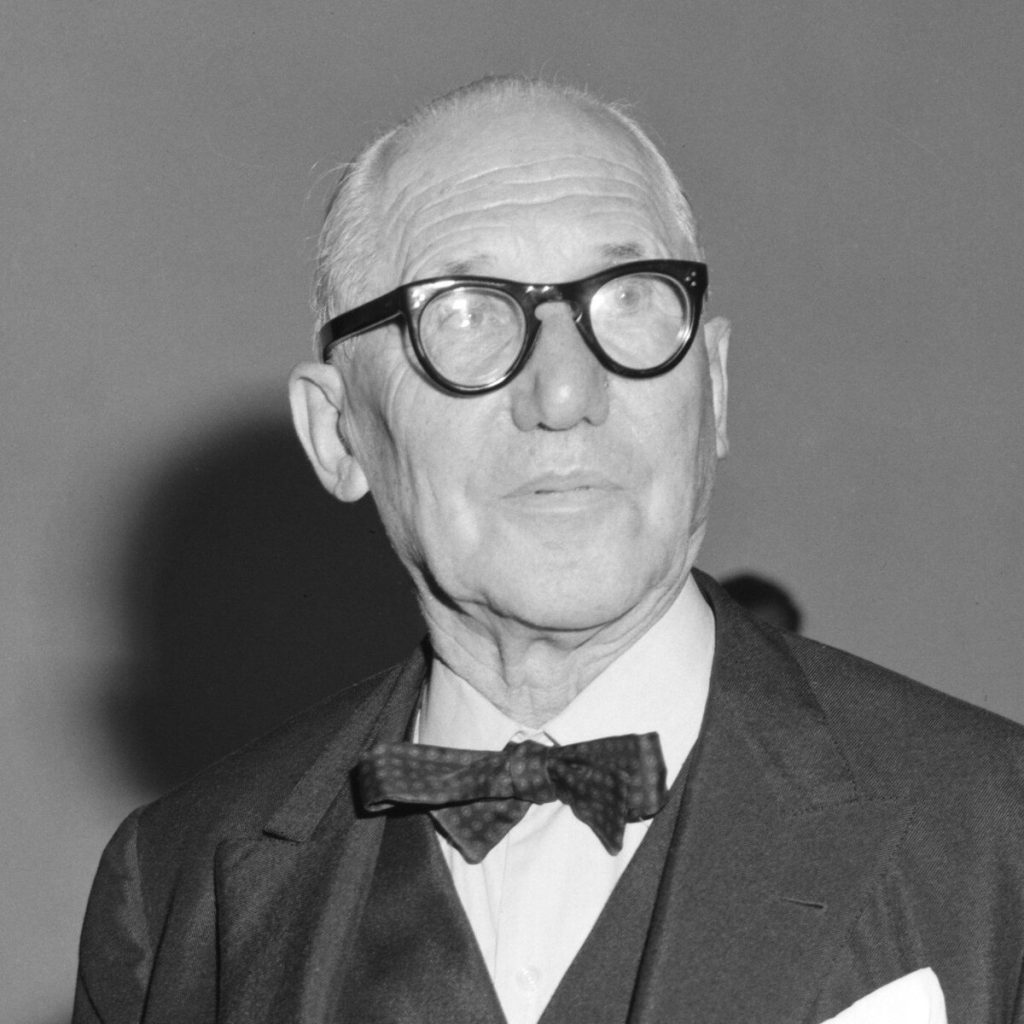
The Philosophy Of A Modernist
At the heart of Le Corbusier’s philosophy was the idea of “The Five Points of a New Architecture” — a radical manifesto that reshaped design principles worldwide. These five points championed pilotis (slender supporting columns), free floor plans, open façades, ribbon windows, and roof gardens. Together, they liberated buildings from the constraints of tradition, allowing architects to think in light, air and geometry rather than ornament.
He also developed the “Modulor,” a system of proportions based on the human body, designed to harmonise architecture with human scale. This fusion of mathematical order and human need defined his practice — an architectural philosophy that sought to balance rationality with emotion.
Le Corbusier’s Global Impact
Le Corbusier’s ideas went beyond individual buildings. He dreamt of reshaping entire cities. His plans for an ideal urban future, known as the Radiant City, emphasised light, green space and functional zoning — concepts that still inform urban planning today. Though his ideas sometimes divided critics, his influence is undeniable: from post-war reconstruction in Europe to the master planning of new cities across the world.
When India gained independence, Prime Minister Jawaharlal Nehru invited Le Corbusier to design Chandigarh — a city that would embody the nation’s modern spirit. It became one of his crowning achievements, a living laboratory of his theories. The Capitol Complex, with its monumental concrete forms and poetic geometry, remains one of the most significant architectural ensembles of the twentieth century and a UNESCO World Heritage Site.
Villa Savoye, Poissy (France)
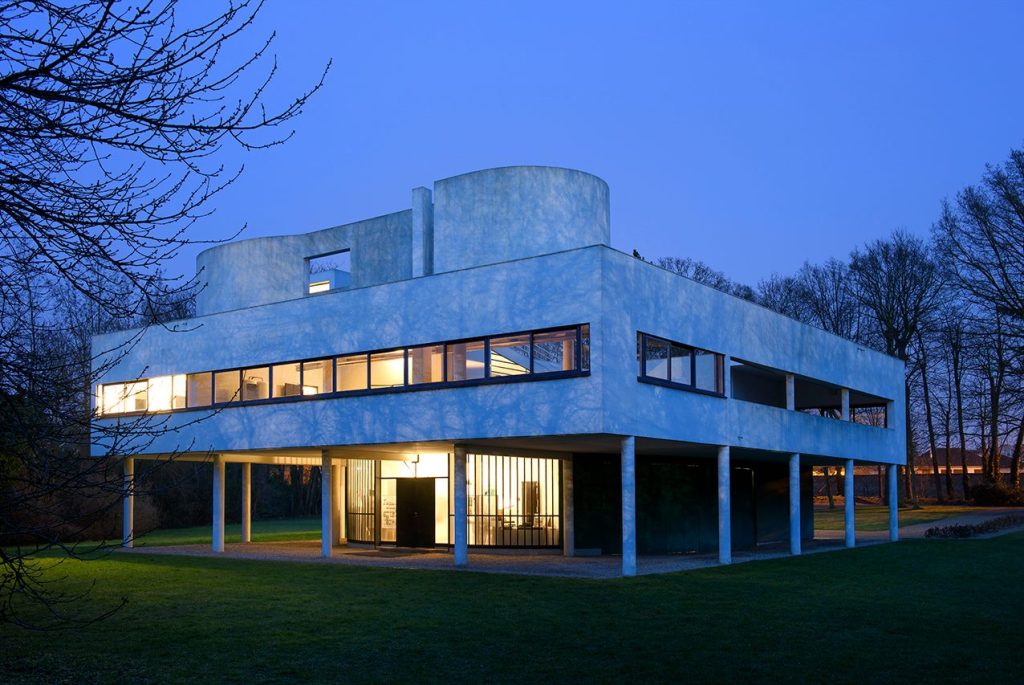
Completed in 1931, the Villa Savoye stands as a manifesto of modernism. Suspended on slender pilotis, its pristine white volume, ribbon windows and flowing interior layout turned domestic architecture into a study in lightness and logic. It remains the ultimate expression of his “Five Points.”
Unité d’Habitation, Marseille (France)
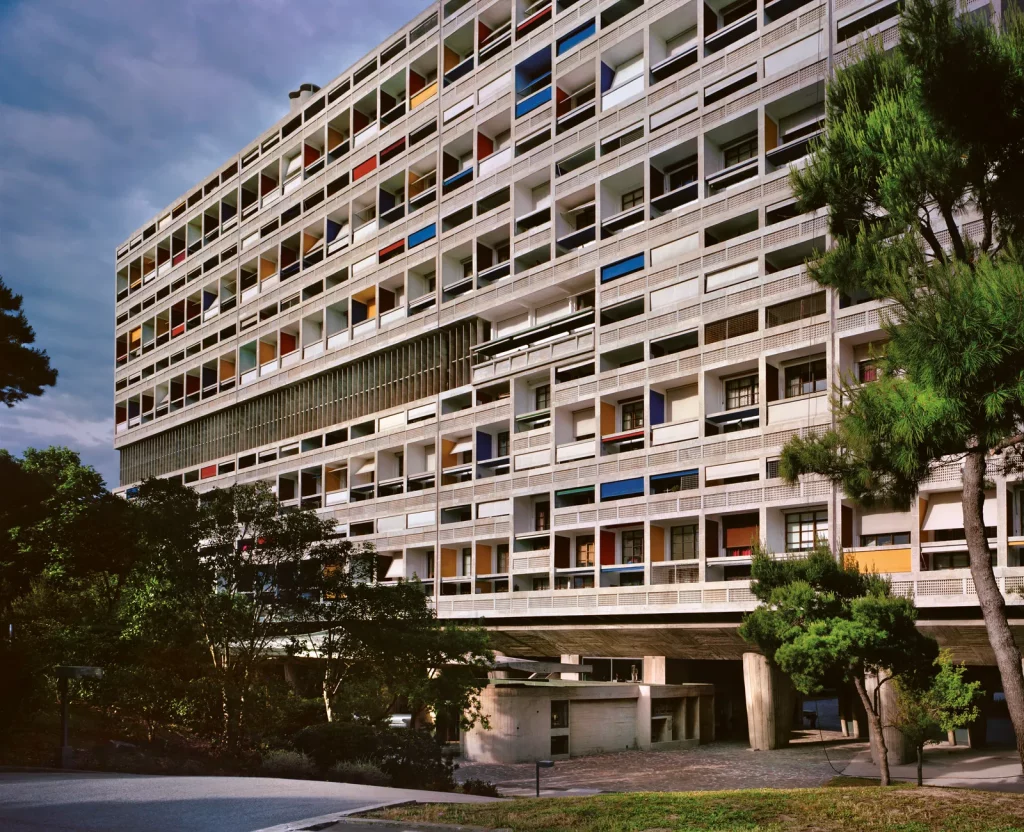
This massive residential block, completed in 1952, was Le Corbusier’s response to post-war housing shortages. Built in rough concrete, it pioneered communal living spaces, roof terraces and modular design. The building’s Brutalist aesthetic later inspired architects worldwide.
Notre Dame du Haut, Ronchamp (France)
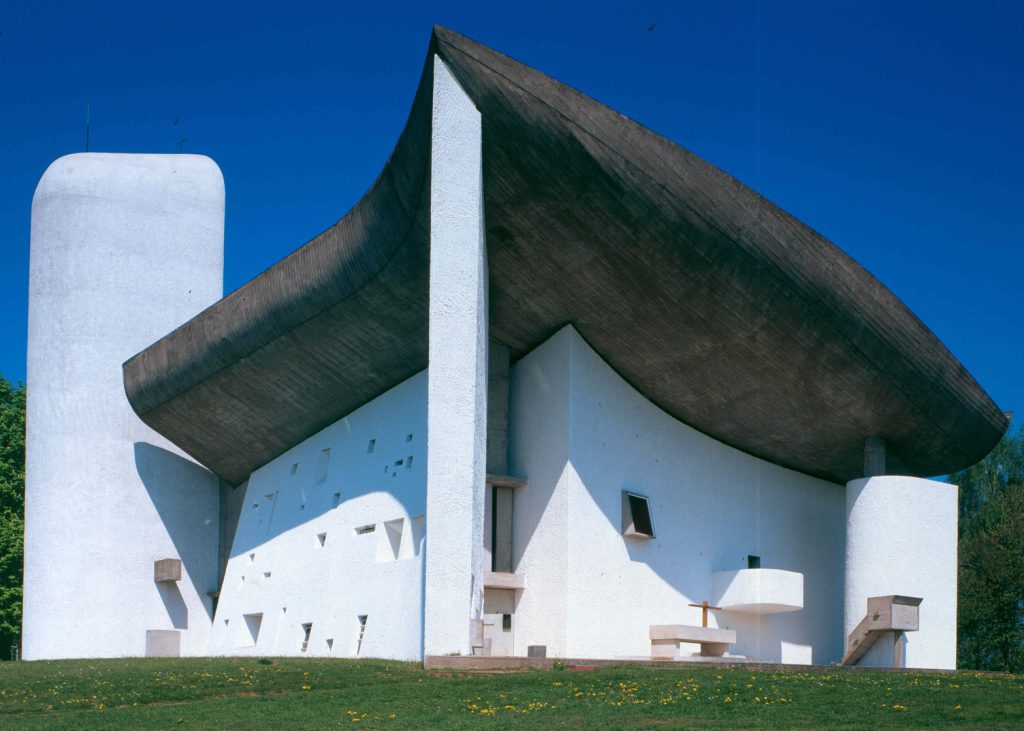
A striking departure from his earlier rationalism, this 1955 chapel revealed his spiritual side. Its sculptural concrete form, thick curving walls and play of light turned religion into architecture. It showed that modernism could be poetic, even mystical.
Chandigarh Capitol Complex (India)
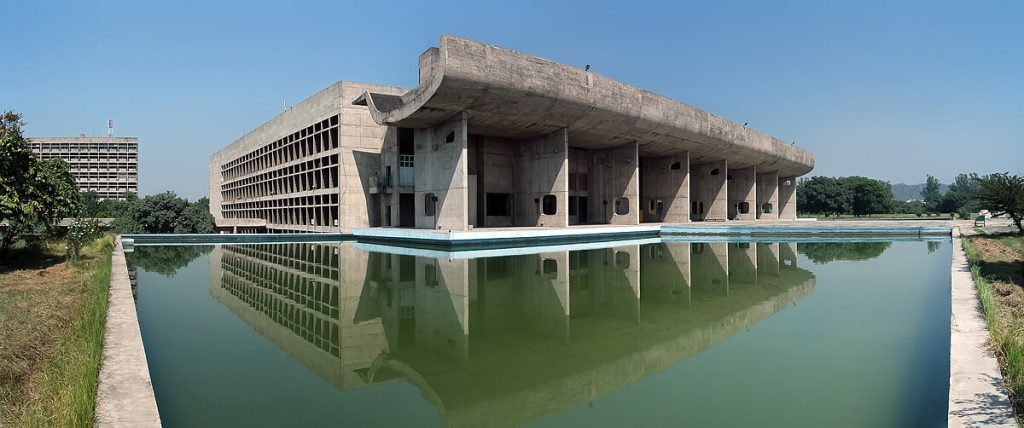
Designed between 1951 and 1965, Chandigarh’s government buildings — including the Secretariat, the High Court, and the Assembly — combine monumental scale with disciplined geometry. The play of concrete planes and light here is pure Le Corbusier: democratic, functional, and visually profound.
Carpenter Center for the Visual Arts, Harvard University (USA)
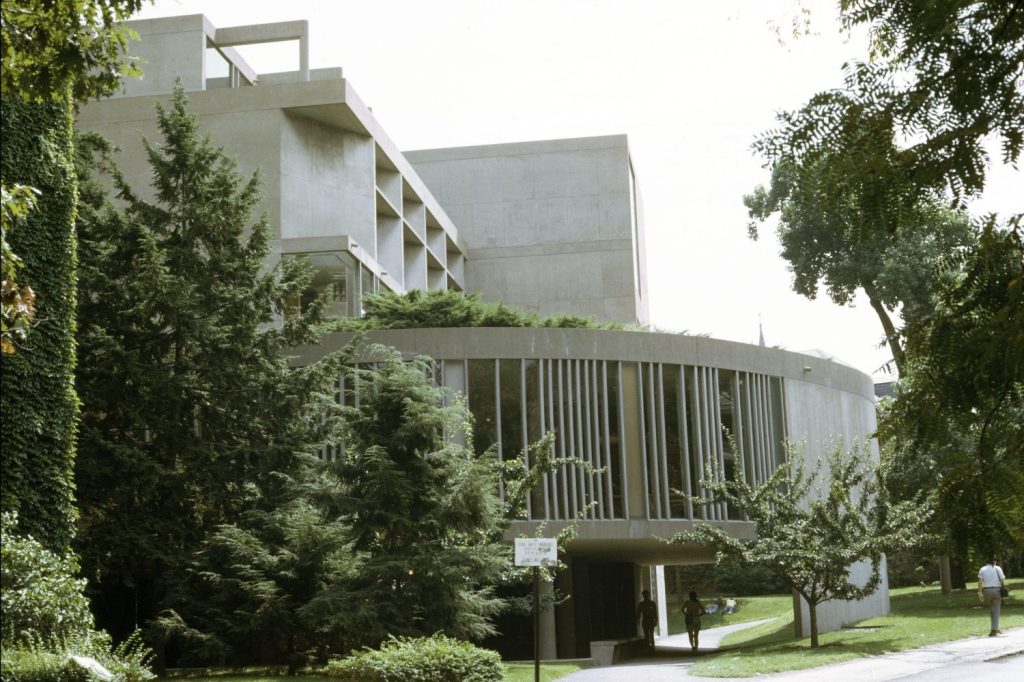
Completed in 1963, this was Le Corbusier’s only building in North America. Its ramp-driven circulation and exposed concrete surfaces embody his lifelong fascination with movement, proportion, and the relationship between structure and experience.
The Legacy That Refuses to Age
Le Corbusier’s work continues to shape how architects think about form, function and the human experience of space. His use of raw concrete inspired the Brutalist movement, while his emphasis on proportion and minimalism paved the way for contemporary design. From Zaha Hadid to Tadao Ando, echoes of his influence are found in every clean-lined, light-filled masterpiece of today. To this day, his architecture feels startlingly current — not because it imitates the past, but because it never stopped imagining the future. Le Corbusier did not just design buildings; he redefined how we live, work and dream within them.











